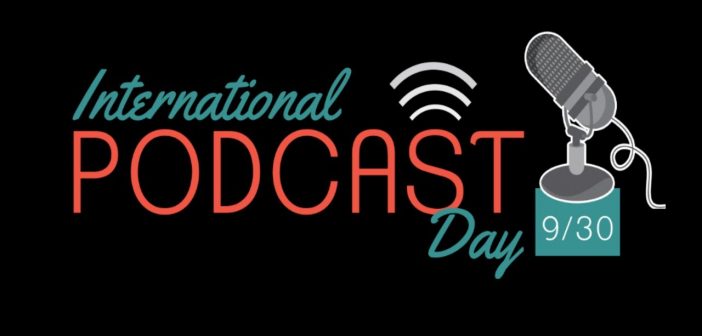International Podcast Day, celebrated on September 30, 2024, marks the growing global significance of podcasting. This day not only celebrates the art of podcast creation but also encourages exploration of diverse content from creators worldwide. The journey from niche audio blogs to a thriving multi-billion-dollar industry has been remarkable, reshaping how we consume media.
The Origins of Podcasts The term “podcasting” first emerged in 2004, credited to journalist Ben Hammersley. However, the roots of podcasting can be traced to the early 2000s when audio blogging became popular. The launch of Apple’s iTunes support for podcasts in 2005 dramatically accelerated the medium’s reach. International Podcast Day itself was born out of podcaster Steve Lee’s inspiration from a U.S. radio segment in 2013, officially launching the global celebration in 2014.
The Podcasting Boom Podcasting has seen exponential growth in recent years, becoming a key part of digital media. There are over 5 million active podcasts globally, with more than 70 million episodes available in various genres. The United States leads the pack in terms of consumption, followed by countries like the UK and Australia. As of 2024, it is estimated that podcast ad revenues will surpass $2 billion, underscoring the commercial success of the platform.
Revenue Streams in Podcasting Podcast monetization primarily comes through advertising, listener support (Patreon and direct donations), premium subscriptions, and live events. Brands are increasingly recognizing the value of podcasts for targeted advertising, with high engagement rates compared to other digital formats. The average cost per ad slot can range from a few hundred dollars to thousands, depending on audience size and engagement. Top podcasts can generate significant income through these streams, supported by data that 80% of podcast listeners recall the brands advertised during episodes.
India’s Podcasting Landscape Despite the global rise, India lags in podcasting, even though it boasts the second-largest number of internet users in the world. While there are approximately 71 million monthly podcast listeners in India, a fraction of the population actively engages with the medium. Several factors contribute to this disparity, including a relatively low awareness of podcasts compared to video content and the dominance of traditional radio.
India’s podcast market is, however, growing steadily. With mobile data consumption at an all-time high, more Indians are turning to podcasts for content that ranges from news and education to entertainment. Language diversity offers both an opportunity and a challenge—local language podcasts are gaining traction, but creators face difficulties in reaching wider audiences.
Why India is Lagging and What It Means India’s slow uptake of podcasts is largely due to cultural and infrastructural barriers. Unlike the U.S., where podcasting grew organically alongside digital innovation, India’s digital revolution came later, and video platforms like YouTube captured the majority of the audience. Moreover, the podcasting ecosystem in India is still in its infancy, with limited financial incentives for content creators. To make podcasts mainstream, Indian creators need more support from platforms, advertisers, and distribution channels.
The lag in podcast adoption also points to missed opportunities in areas like local content development, regional language podcasts, and education. However, with mobile-first internet users on the rise, India has the potential to become a significant podcasting market in the future.
Conclusion International Podcast Day celebrates a medium that has revolutionized how stories are told and consumed. While the global podcasting industry thrives, India’s growth remains modest but promising. The country has untapped potential, and with more investment in content creation and better awareness, it could soon become a major player in the podcasting world.





